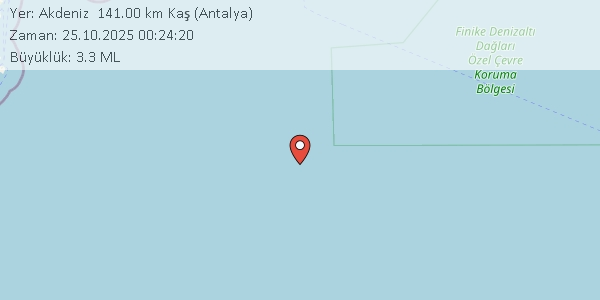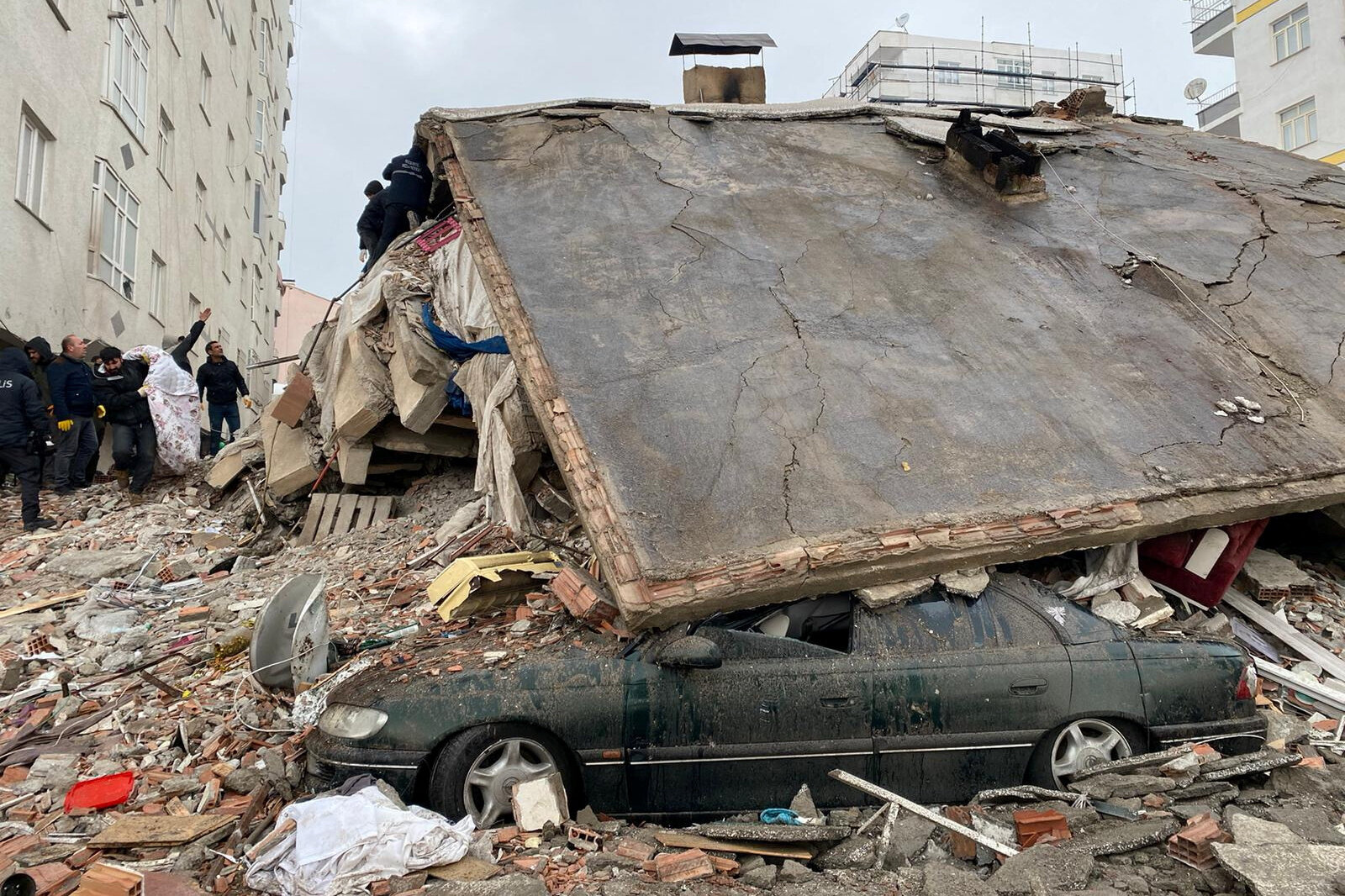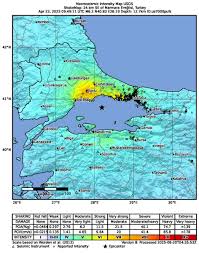
Importance of Earthquake Preparedness in the Philippines
The Philippines, situated along the Pacific Ring of Fire, is prone to seismic activities and natural disasters, making earthquake preparedness crucial for its population. Recent events have reignited conversations around the country’s preparedness for both earthquakes and subsequent tsunamis, accentuating the ongoing need for robust disaster response plans.
Recent Seismic Activity
On October 10, 2023, a magnitude 7.2 earthquake struck off the coast of Mindanao, leading to immediate tsunami advisories from the Philippine Institute of Volcanology and Seismology (PHIVOLCS). Reports indicated ground shaking felt across nearby regions including Davao City, prompting fears of a possible tsunami and leading residents to evacuate to higher ground. Fortunately, the tsunami warnings were lifted within hours, as no significant tidal waves were detected.
Government Response
The Philippine government and local officials reacted swiftly to the earthquake, deploying emergency response teams and assessing damages in affected areas. The National Disaster Risk Reduction and Management Council (NDRRMC) reported that evacuation centres were established to accommodate those displaced. While initial assessments indicated minimal structural damage, officials cautioned residents to remain vigilant, as aftershocks could still pose risks.
The Importance of Public Awareness
This recent event highlights the importance of public awareness around earthquake preparedness. Educational initiatives aimed at providing information about earthquake and tsunami safety can save lives. The government has encouraged communities to participate in drills that simulate emergency evacuations, ensuring that residents are familiar with safe routes and procedures.
Future Implications
As climate change continues to impact geological stability, it is imperative to bolster the resilience of local communities against natural disasters. Experts emphasize the need for updated infrastructure that can withstand seismic activities, alongside community workshops aimed at enhancing disaster readiness. Furthermore, international collaboration is vital in sharing knowledge and technology to better predict seismic events and tsunamis.
Conclusion
The recent earthquake in the Philippines serves as a reminder of the inherent risks faced by this island nation. Proactive measures and enhanced public education on earthquake and tsunami preparedness remain essential for safeguarding lives and properties. As natural disaster patterns evolve, the focus must shift towards sustainable practices and resilient urban planning to combat potential threats effectively.
You may also like

Overview of Son Depremler: Recent Earthquake Updates

The Impact and Ongoing Response to Turkey’s Earthquakes
